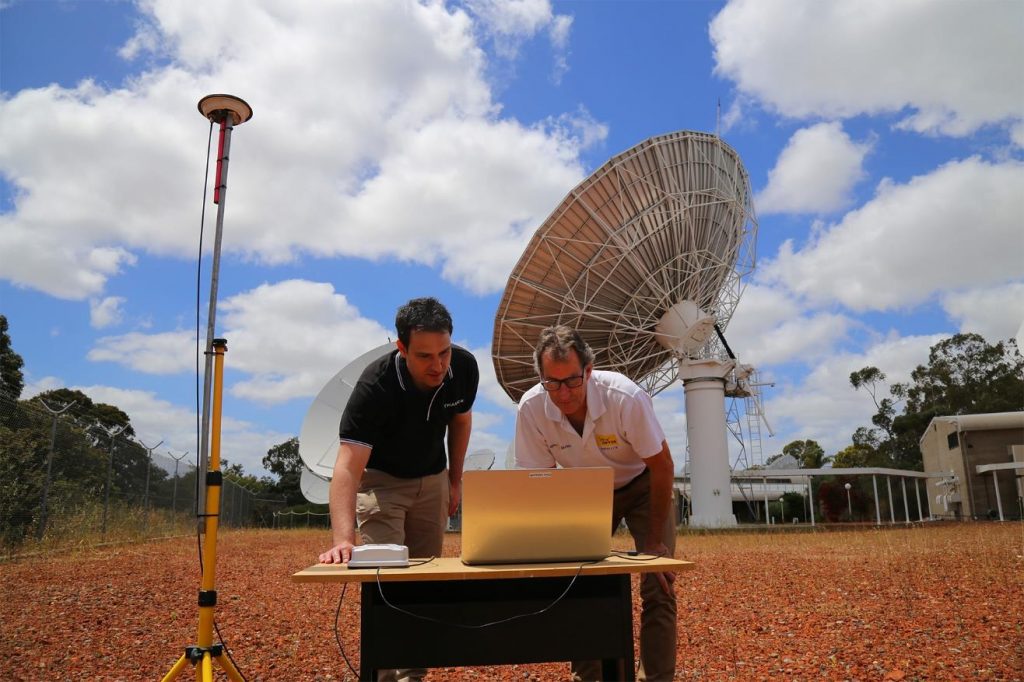Thales and Optus receive SBAS signal in Australia

In an important milestone for the delivery of a Satellite Based Augmentation System (SBAS) for Australia and New Zealand, Thales Australia and Optus Satellite have successfully received a new Thales SBAS signal at the Optus Satellite teleport in Western Australia.
This testing uses a next generation Thales SBAS technology developed especially for customers close to the equator with difficult ionospheric conditions such as Australia and New Zealand.
Thales’s SBAS technology is being used extensively in Europe by multiple industries, including precision farming, greatly reducing the cost of agricultural production.
SBAS and PPP (Precise Point Positioning) will deliver a greatly enhanced positioning service for Australia and New Zealand under the Southern Positioning Augmentation Network being undertaken jointly by the Governments of Australia and New Zealand.
In order to test and validate key subsystems for the delivery of early services to Australia and New Zealand should Thales be selected to supply the Southern Positioning Augmentation Network, the transmission received in WA was generated by Thales Alenia Space using the NIGCOMSAT-1R satellite, currently involved in testing of a Next Generation SBAS solution.
Thales Australia Director Space Matt Dawson said that Thales’s strong global team and integrated industrial network extends across multiple continents and demonstrates its ability to deliver system outcomes despite the challenges of COVID-19.
“Thales has been supported in its work by specialist expertise from GPSat Systems based in Melbourne, and by Hexagon | NovAtel, a world leading GNSS receiver manufacturer.
“NovAtel engineers that have also been monitoring this new broadcast, reported sufficient data to track PRN 147 signals and use them for SBAS corrections.”
